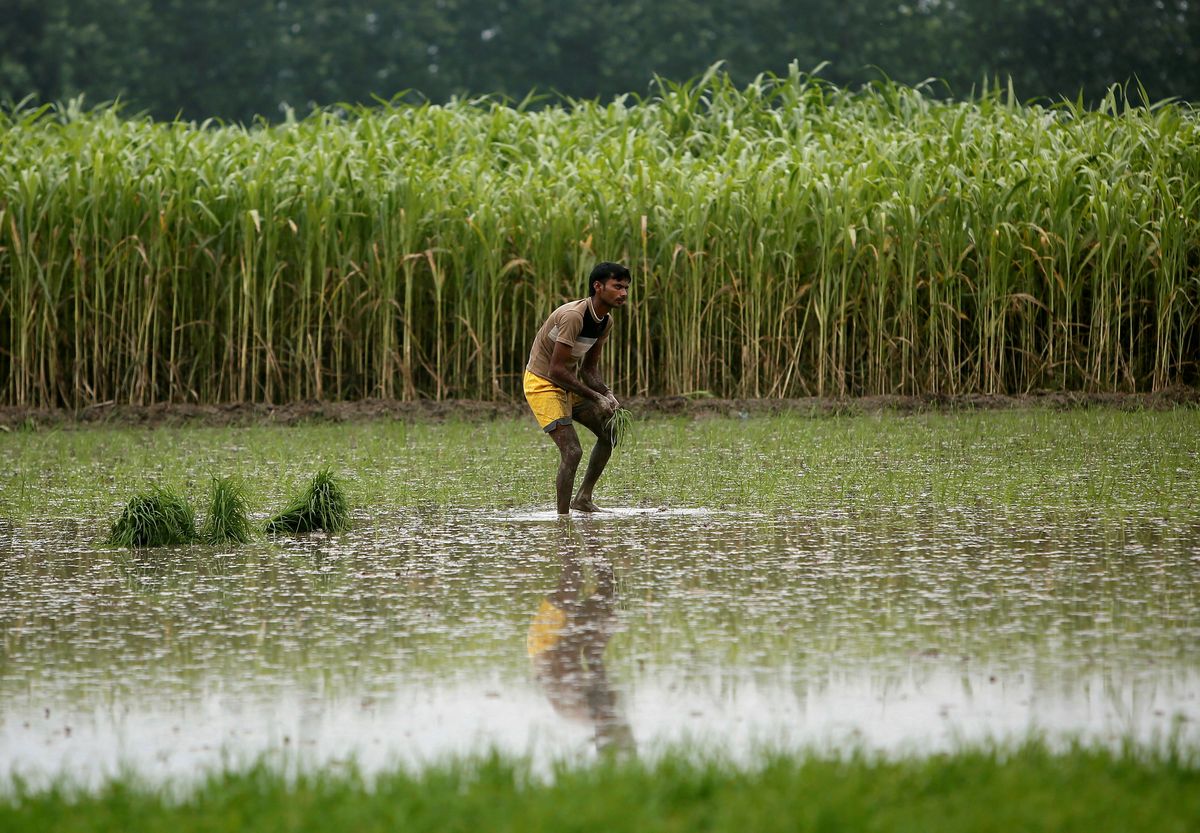Synchronized global crop failure – are we at risk?
According to a new study published in Nature Communications, the risk of reduced crop yields in major crop-producing areas has been massively underestimated in climate projections.

A few minutes every morning is all you need.
Stay up to date on the world's Headlines and Human Stories. It's fun, it's factual, it's fluff-free.
Small-scale, location-specific crop failure is nothing new. It can happen for a few reasons – extreme weather events, pests or diseases spreading across fields, poor soil quality, etc. But what about massive crop failure that affects many types of plants in different parts of the world simultaneously? That’s what’s known as “synchronized global crop failure,” and we could be at increased risk of it.
Human-driven climate change puts us in danger of a lot of environmental-related trouble. But researchers might’ve been underestimating the effect it could have on food security. Its impact on global crop yields could be kind of a big deal. According to a new study published in Nature Communications, the risk of reduced crop yields in major crop-producing areas has been massively underestimated in climate projections.
"Whenever we talk about food security risks in the future, and provide estimates, we should assume that these are really the lower boundary of what to expect," says Kai Kornhuber, a research scientist at Columbia University who led the paper. He also said that by lowballing the negative results of these patterns, our predictions of how climate change will affect food security are really conservative.
The researchers came to this conclusion by using advanced climate models to focus on the jet stream, which is an atmospheric pattern of rushing wind currents. They wanted to see how the jet stream affects heat extremes in different parts of the world. Based on their findings, it looks like certain jet stream patterns can generate weather quirks in some major crop-producing regions. The team also studied climate data from 1960 to 2014, finding “an increased likelihood of concurrent low yields during summers featuring meandering jets in observations and models” that shows “high-risk blind spots” in the climate models we’ve come to trust. This info suggests that there’s a higher chance of synchronized global crop failure than we previously thought.
Researchers also found that these stray jet streams have led to crop failures in the past, In 2010, strange jet stream events were linked to both extreme heat in Russia and floods in Pakistan, affecting the crop yields in both places.
“Evidence for high-risk blind spots, such as an underestimation of synchronized harvest failures as identified here, manifests the urgency of rapid emission reductions, lest climate extremes and their complex interactions might increasingly become unmanageable,” the study concludes.




Comments ()